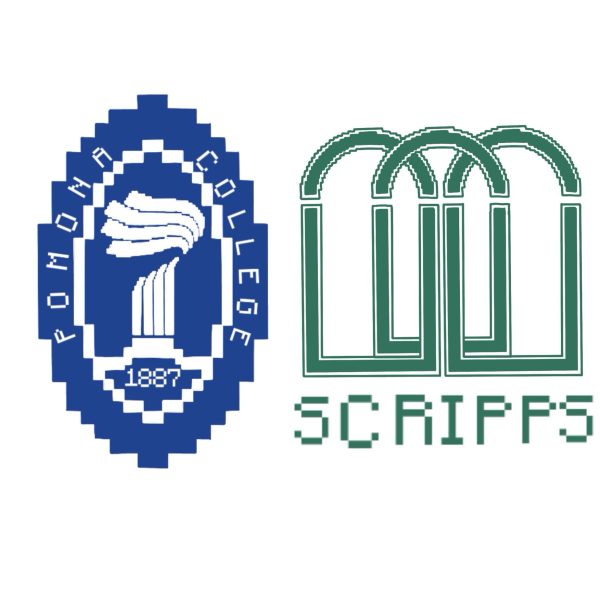SAT undergoes big changes
Fortunately for CHS students—whether it be freshman or seniors—one significant effect of the pandemic is that it has reduced the need for students to take the Scholastic Aptitude Test more commonly known as the SAT. With the majority of colleges no longer requiring SAT test scores for admissions students can take a breath of fresh air and focus on other important aspects of school and their lives.. However, in the past month the College Board has announced that the SAT will undergo significant changes starting in the 2023 school year in hopes of encouraging more test takers. Despite such changes, it appears the SAT will continue to not be a requirement for college admissions.
For those who do not know what the SAT is, the test is a multiple-choice exam aimed at predicting college readiness amongst high school students. The score received by an individual student will be put into consideration in addition to grades, extracurricular activities, recommendation letters and essays to determine admissions decisions. The intention of the SAT changes were to make the test taking process less stressful for already busy juniors and seniors. Less stress from the SATs was tackled in three ways: altering the curriculum, length, and cost.
All sections previously included on paper during the SAT exam— math, reading, and writing— are now all taken online. Even though the test will now be taken on a device, proctors will continue to oversee the test in person to ensure no cheating occurs. The largest change, however, is the time needed to take the test. In the past, SAT tests would take up to almost four hours for test taking. In the new version, the test is shortened by two to three hours through cutting the reading parts into smaller sections. The last and most important change is cost. If a school does not cover the test cost, a student can then fill out a waiver and the test will most likely be covered by the College Board. The waiver/form consists of just some questions of equity issued by the SAT, but most students will receive aid.
Exam creators working with College Board are hopeful the new changes (online instead of paper and shortening test length) will encourage more students to take the exam.
Hello there! Our goal is to provide relavent, engaging journalism for readers of all ages. Your donation will support the student journalists of the Wolfpacket at Claremont High School, and will allow us to purchase equipment, print our monthly issues, and enter in journalism competitions. We appreciate your consideration!

Carson Hunter Paul-Lopez-Kunkel. Despite his strikingly unique name, he’s a person who embraces a carefree and down-to-earth demeanor and for most,...











